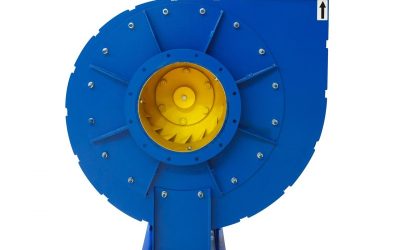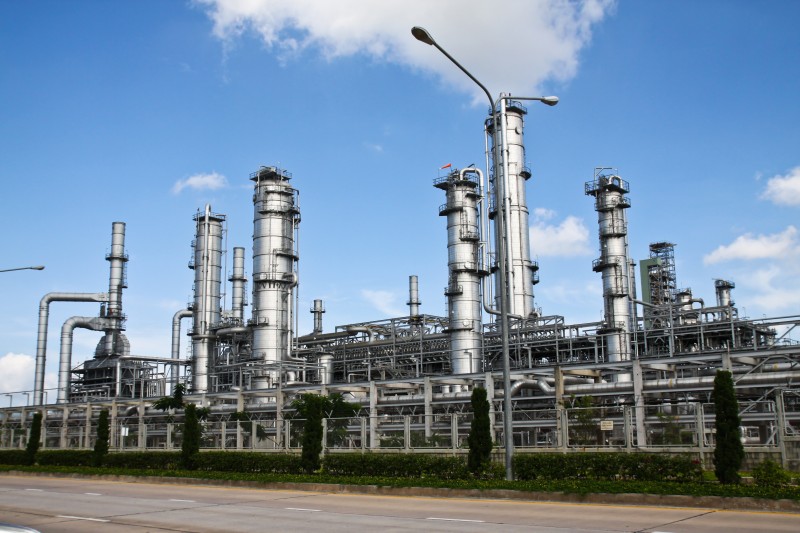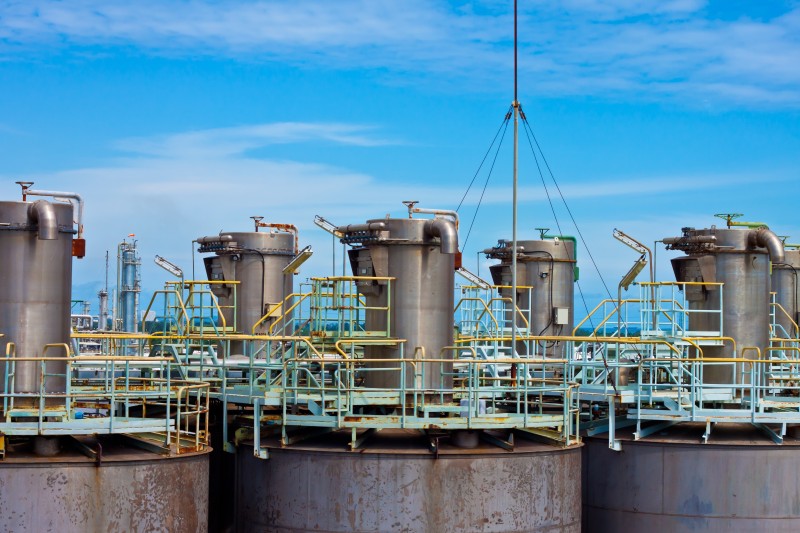Air quality control systems are mandated by the EPA. However, this company’s intuitive technology has simplified compliance. They designed a fiberbed mist collector using field-proven processes. Impaction, interception, and Brownian diffusion are the underlying processes that fuel this device.
Impaction happens when 4-micron particles hit the filter fiber via inertia. Once this occurs, their technology collects the particle and stores it elsewhere. Interception is useful on particles in the one to three-micron range carried with less momentum. Typically, they follow the air stream until deviating when they graze a fiber bed’s side. Once they contact the filter fiber, it removes them from the airstream.
Brownian motion carries the smallest particles around on the airstream, and as the air cools, random particles collide. These particles coalesce until they are large enough to be filtered by impaction.
Air Pollution Control Products
Thermal and catalytic oxidizers belong to air pollution control products. These devices filter contaminants out of the air and concentrate them for reuse. Therefore, air pollution control products can improve a company’s efficiency and profit margins.
Thermal regenerative oxidizers are the most energy efficient for VOC reduction. Furthermore, they are the market’s most cost-effective odorous air emission solution. These devices work to destroy volatile organic compound contaminants in the exhaust. Nevertheless, they use combustion principles.
The oxidizers operate at a higher temperature than comparable alternatives. This makes it capable of absorbing a large volume of energy in the recovery chamber. Their high energy recovery rates reduce auxiliary fuel requirements, saving operating costs.


